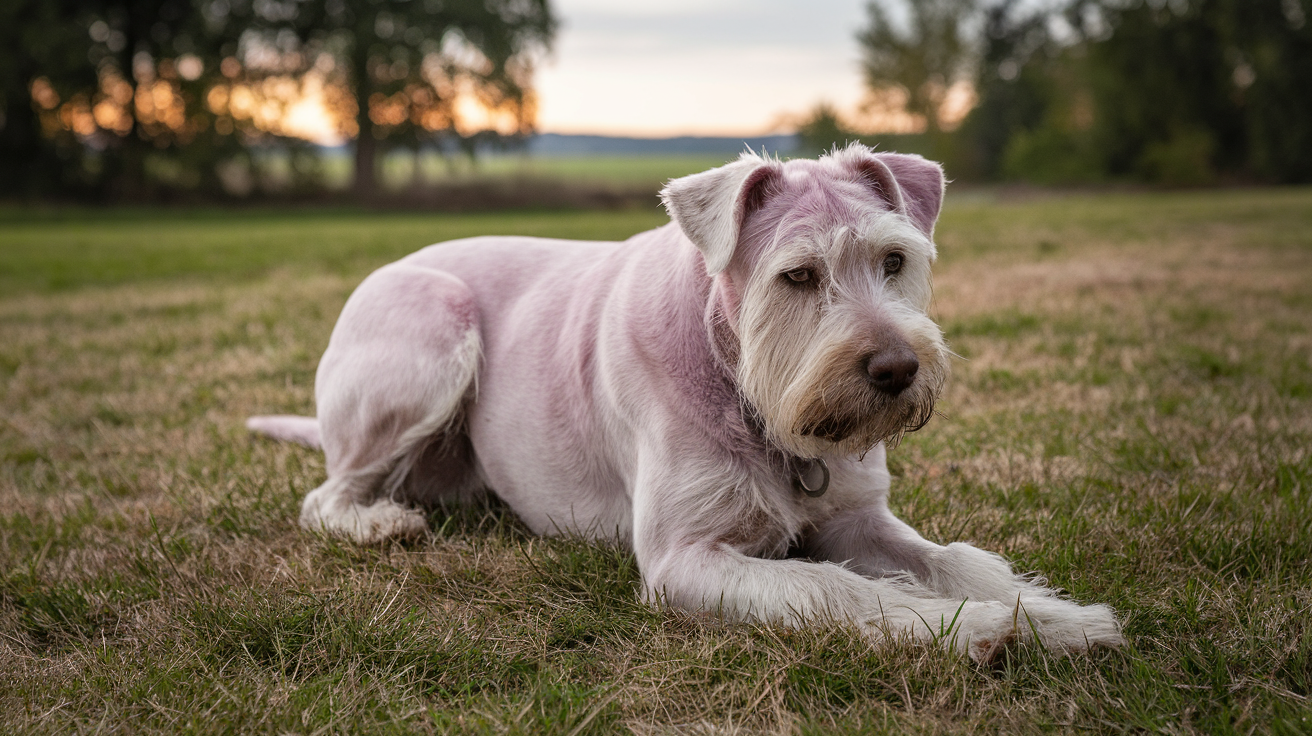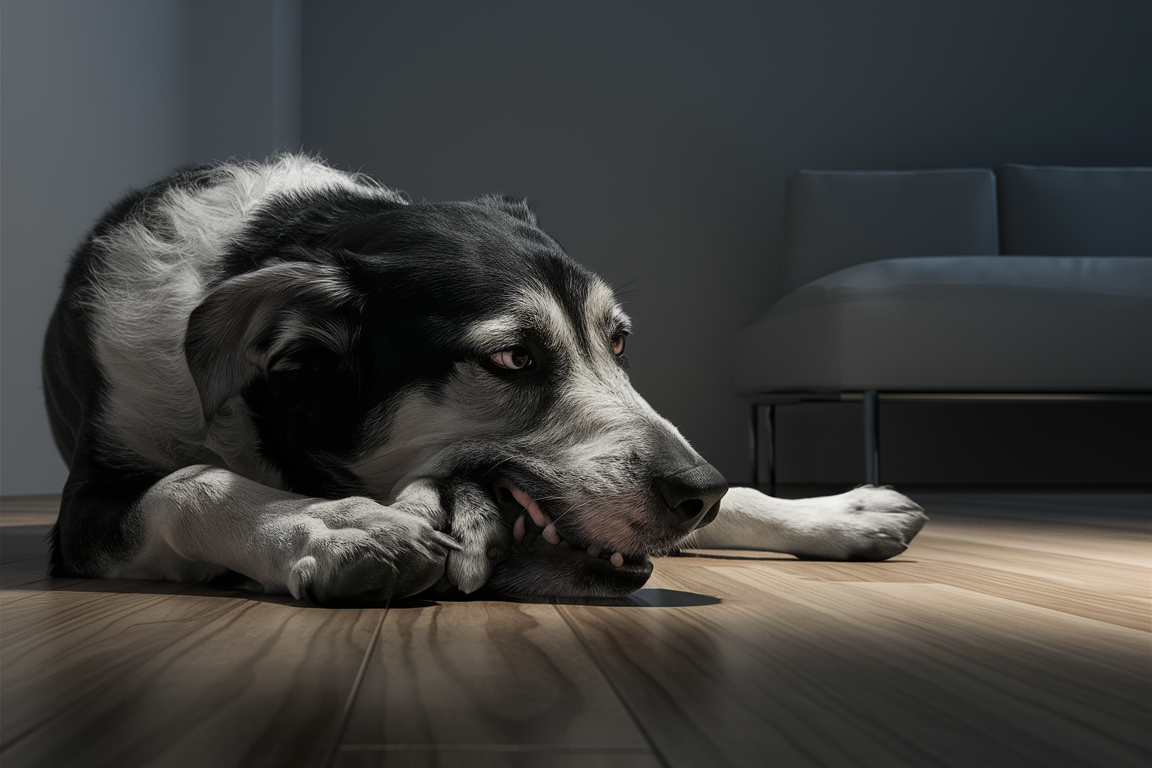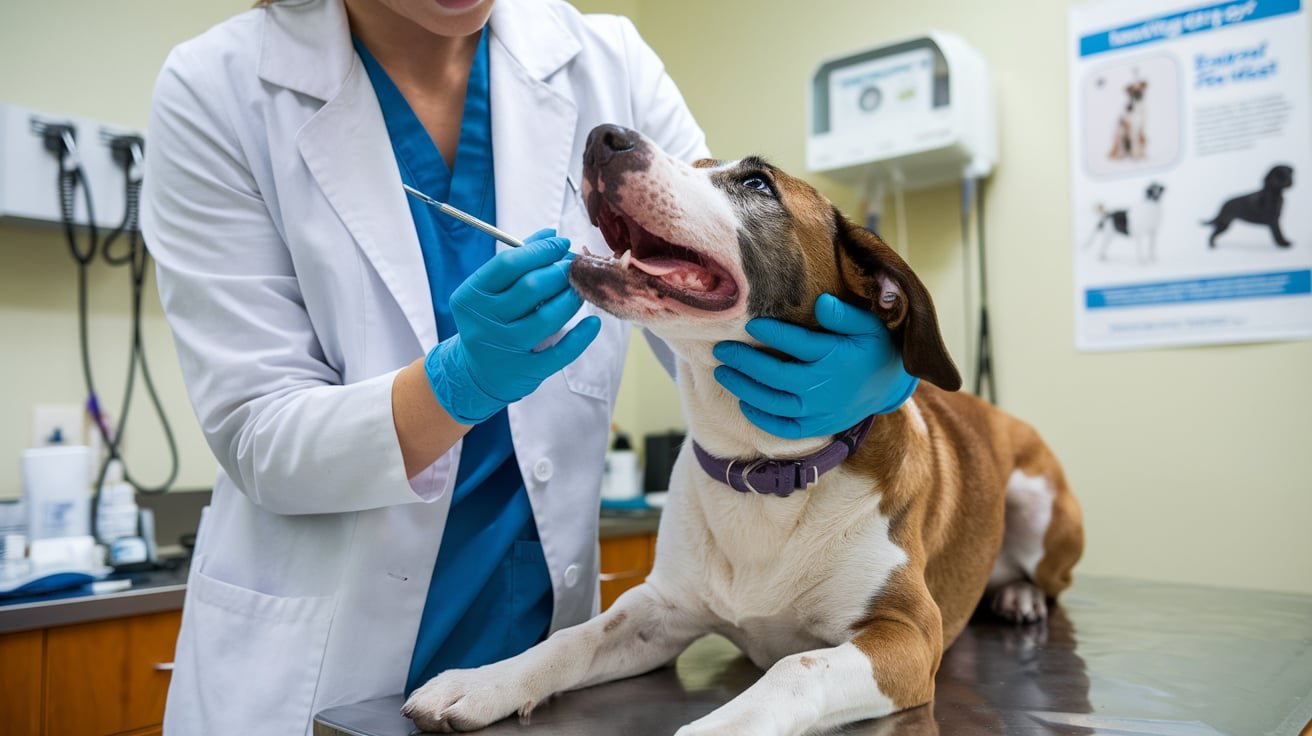Introduction To Lilac dogs Health Problems
Lilac dogs, with their unique and beautiful coat colors, are becoming increasingly popular in the UK. Lilac-colored dogs, especially lilac French Bulldogs, are loved for their rare hue and charm. But as unique as they are, they also come with some specific health challenges. Lilac Dogs Health Problems can range from skin sensitivities to respiratory issues, and if you’re considering getting a lilac dog or already have one, it’s essential to know about these potential health problems and how to manage them. This guide provides everything you need to care for your lilac dog with confidence.
What Makes a Dog “Lilac”?
The term lilac in dog coat colors typically refers to a diluted chocolate color, often a pale greyish-brown. Breeds like the French Bulldog, Bulldog, and Weimaraner sometimes come in lilac shades, but the color results from recessive genetics that can occasionally come with certain health risks. Their rare coat color is beautiful but requires some extra care and attention.
Lilac Dogs Health Problems:
1. Skin Sensitivity and Allergies
Lilac dogs are more prone to skin sensitivities and allergic reactions than other dogs. Their skin is often more delicate, which means they can easily develop rashes, dryness, or irritation.
- How to Help: Regular baths with hypoallergenic shampoo can reduce skin irritations. Avoid harsh chemicals or scented products, which can aggravate their skin. Keeping their skin moisturized with a vet-approved moisturizer can also prevent dryness. You can learn more about hypoallergenic shampoos for dogs.
Anecdote: One lilac Frenchie owner noticed that every time her pup spent too much time outdoors, he developed red, itchy patches. After consulting a vet, she found that using a mild oatmeal-based shampoo helped soothe his skin after outdoor adventures. This little trick made a big difference in his comfort and skin health.
2. Respiratory Issues
Many lilac-colored dogs, especially French Bulldogs and English Bulldogs, have a brachycephalic skull shape, meaning they have shorter snouts. This makes them prone to breathing difficulties and heat intolerance.
- How to Help: If your lilac dog has a short snout, keep them cool, avoid excessive exercise, and provide plenty of fresh water. Consider using a cooling mat or pet-safe fan in warmer months.
3. Eye Issues
Cherry eye (prolapse of the third eyelid) and entropion (inward rolling of the eyelid) are also common among lilac-colored breeds, especially those with a bulldog lineage.
- How to Help: Keep a close eye (pun intended!) on any redness or swelling around their eyes. If you notice any signs, consult your vet. Early intervention can prevent more significant issues. Surgery may sometimes be necessary to correct these issues, but many pets recover quickly with treatment.
4. Joint Problems
Lilac Bulldogs and other stocky breeds can face hip dysplasia and joint problems due to their body structure. This can make movement uncomfortable and limit their playtime.
- How to Help: Maintain a healthy weight for your dog to reduce stress on their joints, and ask your vet about joint supplements such as glucosamine. Regular but moderate exercise also keeps their muscles strong. Here’s a helpful article on joint health supplements for dogs.
Anecdote: A lilac English Bulldog named Hugo struggled to climb stairs. His owners tried adding glucosamine supplements and saw a remarkable improvement in his mobility within a few months. By reducing his weight and giving him joint supplements, Hugo became happier and more active.
5. Coat and Skin Color-Related Issues
Interestingly, the genes that cause lilac coloring can sometimes be linked to alopecia (hair loss) and skin infections. It’s essential to monitor their coat for signs of balding, patches, or flaky skin.
- How to Help: Feed your dog a high-quality diet rich in Omega-3 fatty acids, which can promote healthy skin and fur. Brush their coat regularly to remove dead hair and stimulate natural oil production.
Step-By-Step Guide to Caring for Your Lilac Dog
Step 1: Regular Vet Visits
Establish a regular vet schedule for your lilac dog. Annual check-ups help catch health problems early, especially in breeds prone to genetic issues.
Step 2: Monitor Skin and Coat
Check your dog’s skin weekly for any signs of redness, dryness, or bald spots. If they’re scratching or chewing on specific areas, consult your vet.
Step 3: Maintain a Healthy Diet
Feeding your lilac dog a nutritious diet will support their overall health. Foods rich in Omega-3s, vitamins, and antioxidants can help with skin and coat issues.
Step 4: Keep Them Cool and Comfortable
Because of their respiratory sensitivity, keep lilac dogs in a cool environment. Limit outdoor time in hot weather and always have water available.
Step 5: Use Quality Grooming Products
Use shampoos and conditioners made for dogs with sensitive skin. Regular grooming can reduce skin problems and help maintain their beautiful lilac coat.
Choosing a Lilac Dog with Confidence
While lilac dogs may require extra care, their loving nature and unique looks make them worth every effort. By understanding their specific needs and being proactive with health care, you can enjoy a happy, healthy life together. If you’re still considering a lilac dog, read about reputable breeders here.
Anecdote: One family in the UK was hesitant to adopt a lilac Frenchie because of potential health issues, but after reading about preventive care and talking to a knowledgeable breeder, they felt confident in their decision. Now, they couldn’t imagine life without their lilac pup!
Final Words On Lilac Dogs Health Problems
Lilac dogs are unique and wonderful companions. Understanding their health risks and knowing how to care for them can make a significant difference in their quality of life. With regular care, a balanced diet, and a watchful eye on potential health issues, you’ll be prepared to handle the challenges and enjoy all the wonderful moments your lilac dog brings into your life.



